Mico
Brilliant_Rock
- Joined
- Feb 6, 2012
- Messages
- 1,245
RTfrog brough up in a different thread regarding photography and the use of an image error level analyzer to help evaluate pictures of gemstones - as we all know they can be very hard to photograph.
I'd like more information on this, which would be ideal if we maybe used tweaked PSers photos, and non-vendor photos, to help diminish any backlash or tempers that may flare during the discussion.
This is a purely educational topic without any malice or vendor bias, please keep it a happy place . I'd very much like to hear from both consumers and vendors as it was mentioned by some vendors in the other thread that sometimes minimal tweaks are necessary to reflect the stone's true character.
. I'd very much like to hear from both consumers and vendors as it was mentioned by some vendors in the other thread that sometimes minimal tweaks are necessary to reflect the stone's true character.
I'd like more information on this, which would be ideal if we maybe used tweaked PSers photos, and non-vendor photos, to help diminish any backlash or tempers that may flare during the discussion.
This is a purely educational topic without any malice or vendor bias, please keep it a happy place



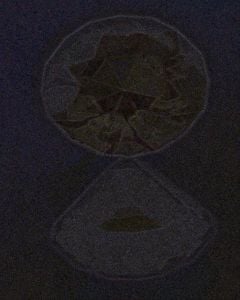

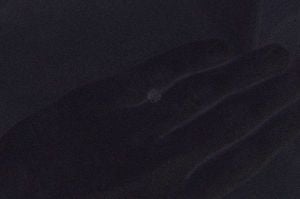
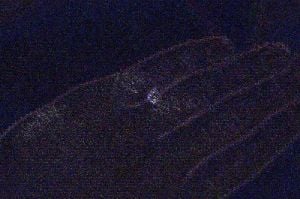
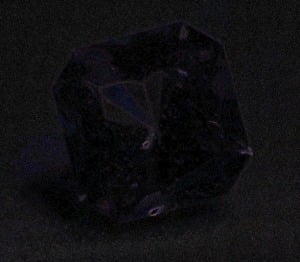

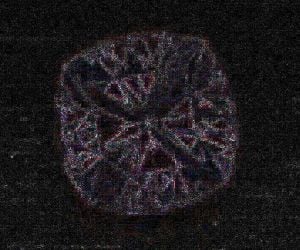
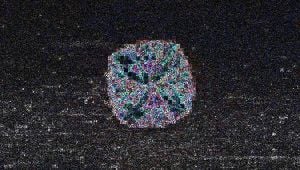



300x240.png)